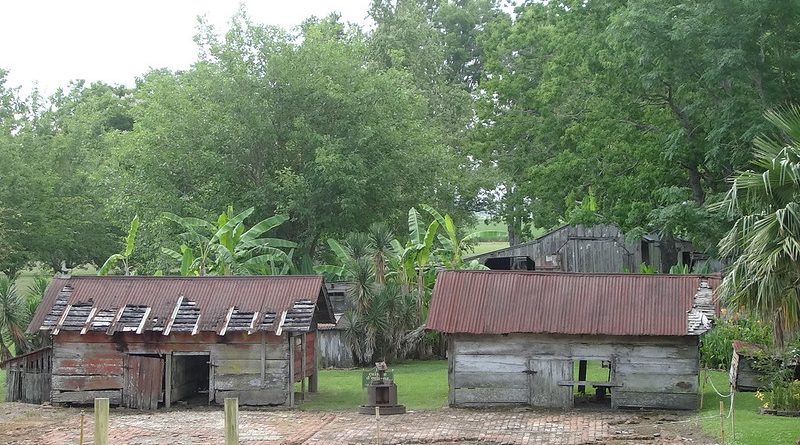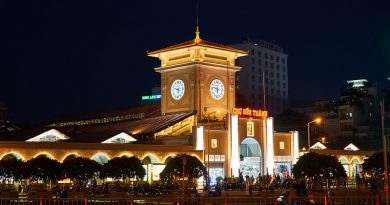Guadeloupe’s Past: The Sugar Cane Harvest
In Guadeloupe you can step into the past to witness sugar cane still being cut by hand and transported via oxen and carts. This work was once performed by slaves, but today their descendents are free to own their own land.
The largest of Guadeloupe’s outer islands is Marie-Galante. The island is rural in character – it’s pretty much sugar and cows – and totally untouched. Very few English tourists come this way, and few islanders speak any English at all Marie-Galante is a small, relatively flat island, perfect for touring with a bicycle or scooter.
In the early 1800s the island of Marie-Galante boasted nearly 100 sugar mills, and the countryside is still dotted with their scattered ruins.
Today sugar production is concentrated at one mill, while cane is distilled into rum at 3 distilleries. Most of the cane is still cut by hand and hauled from fields using oxcarts.*
This work was once done by slaves, but today their descendents are paid for their labour.
Slavery was abolished in 1848. With the introduction of the sugar beet in mainland France, sugarcane plantations began to lose money and power.




